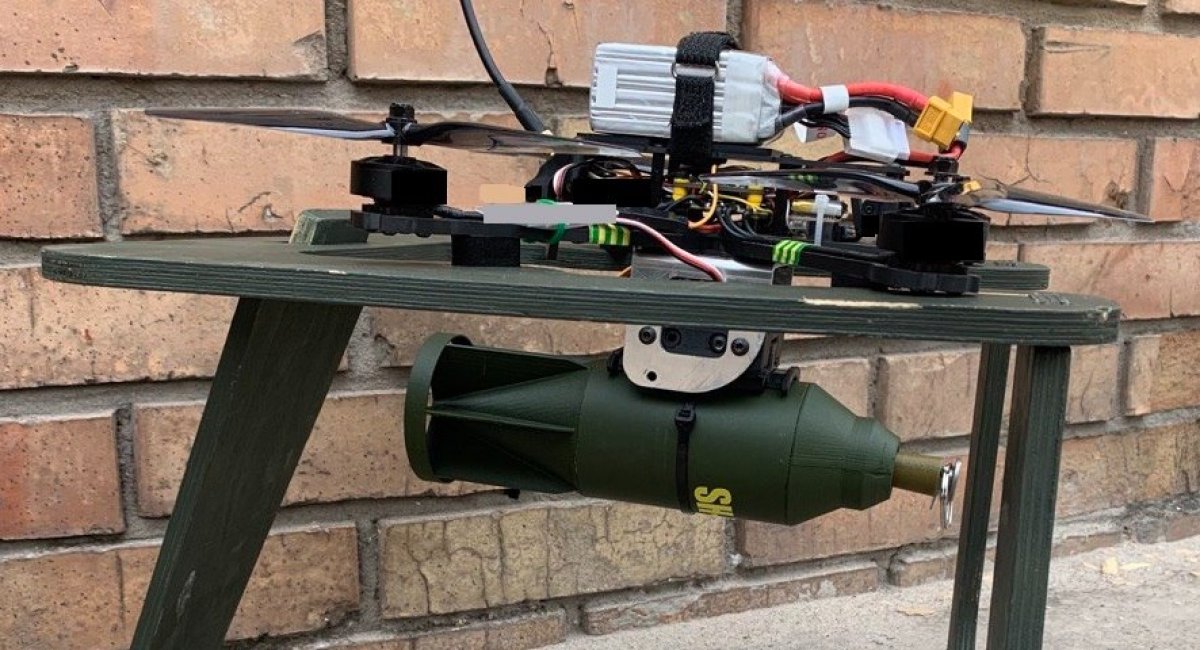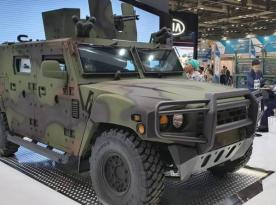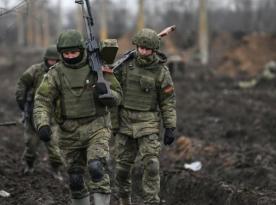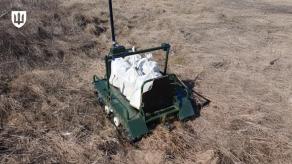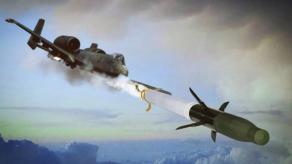High-explosive munitions filled with shrapnel bullets produced by Steel Hornets are effectively used on the battlefield. Video of combat application of such weapon fitted onto an FPV drone was published by Serhii Sternenko, an activist fundraising and procuring drones for Ukrainian military units.
The following video was sent to him by the operators of the Centre of Special Operations "A" (a.k.a the Alpha Group), who had spotted a group of russian troops hiding beside a damaged tank, near the city of Avdiivka, eastern Ukraine.
Read more: Shrapnel Drop From a Drone is the Best Choice Ukrainian Weapon Developers Could Make (Video)
Що стається із росіянами, коли вони зустрічають дрон із протипіхотною БЧ?Вони дохнуть у більших кількостях!Воїни ЦСО А СБУ неподалік Авдіївки виявили групу окупантів, що ховалась біля підбитого танка. Після дистанційного підриву частина росіян так і лишилась там лежати.… pic.twitter.com/uARxJYsFd7 — Serhii Sternenko (@sternenko) March 8, 2024
After the explosion, part of the russian manpower was eliminated on the spot. "The thing about such a warhead is, sometimes the enemy doesn't realize what happened. Only later he, stuffed with shrapnel, bleeds out," writes Sternenko.
The warhead in question is one of the shrapnel munitions produced by the Steel Hornets private company specializing in making weapons for unmanned aerial systems. The exact variant used in this case is not specified, there are multiple varieties with the same action yet different size and payload, ranging from 800 to 2,800 grams of total combat weight.

Almost a year ago, Defense Express paid close attention to the experiments with shrapnel "drops" – munitions designed to be separable from their carrier and dropped onto opponents. Particular attention was to the tactics of such attacks: a short nosedive followed by release of the munition.
However, this episode and a few other video recordings featuring combat application of the shrapnel munition and similar developments show that those weapons are at least in some cases used in a way other than intended. They are equipped on one-way FPV drones, the carrier goes down with the weapon after the strike. This trend was noticed by the manufacturer, too.
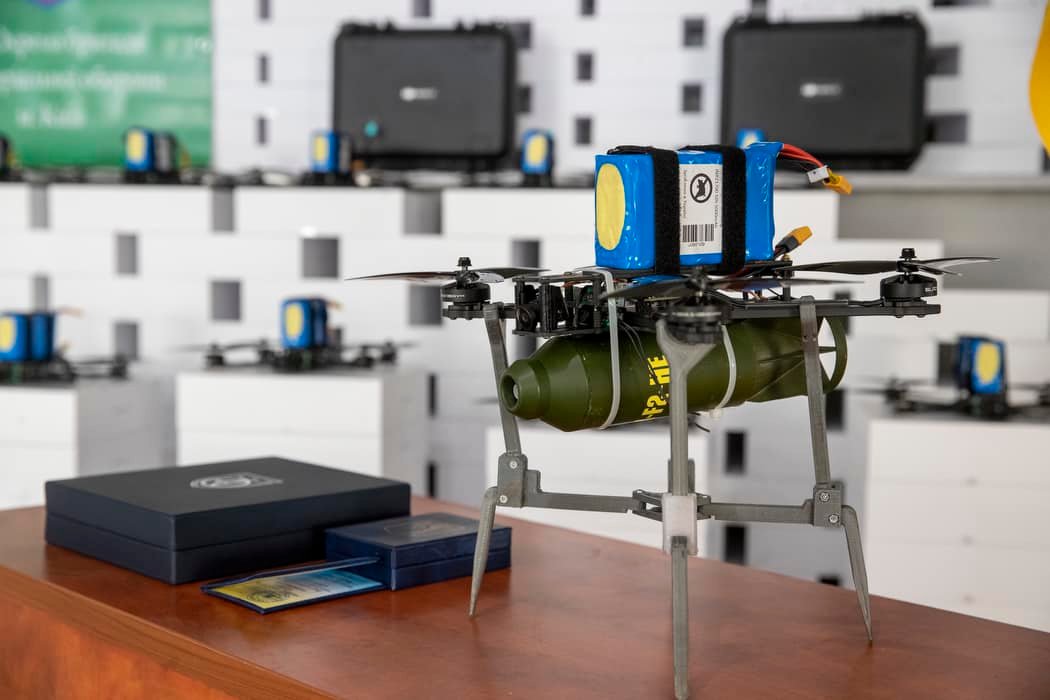
Compared to the original concept, this method lacks the benefit of being reusable which would have allowed the operator to preserve the drone and, in turn, conserve the money invested in its manufacturing. On the other hand, unlike a free-falling munition, an FPV drone can initiate an airburst, increasing the lethality. Basically, it works more like a remotely triggered canister shot than a full-fledged shrapnel shell.
At some point, the developers were working on making their dumb munitions work the same way without the need to sacrifice the drone, the results of these efforts are yet to be seen on the battlefield. The effect of an airbust release of bullets can be seen in the test footage below, seemingly outdated but illustrative nonetheless:
Read more: The UK Defense Intelligence: Iranian Mohajer-6 Drone Tracks Black Sea




